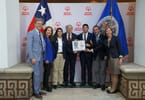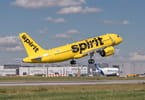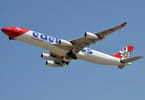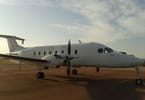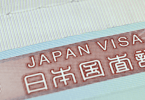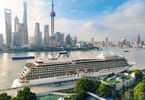72 hour transit tourist visas on arrival at Beijing Airport for anyone was supposed to be a big hit and was expected to bring tourism arrivals up into Beijing, China. Instead almost a million tourists avoided Beijing as their choice to spend 3 days of sightseeing the forbidden city, the great wall, and everything else.
Amid rising pollution and a strengthening yuan, the capital city saw its tourist numbers drop to 4.20 million visits from January to November from 5.01 million visits in 2012, according to China Daily, citing a report from China Tourism Academy and Beijing Commission of Tourism Development. An earlier report based on a survey of domestic travel agents showed that visitors to the capital declined by roughly 50% in the first three-quarters of the year compared with a year earlier.
The number of inbound travelers to Beijing grew after the city hosted the 2008 Olympics until 2012, when it saw a 3.8% decline, followed by the further drop last year.
But only 14,000 tourists took advantage of the visa-free stopover, according to the Beijing General Station of Exit and Entry Frontier Inspection, well short of the 20,000 target officials had previously predicted.
Jiang Yiyi, deputy director of the Institute of International Tourism at the China Tourism Academy, attributed part of the dropoff in foreign tourists to the strengthening yuan.
In 2013, the yuan appreciated almost 3% against the U.S. dollar, making “Beijing a more expensive destination than in the past,” Ms. Jiang noted.
At the same time, she said, other countries have seen their tourist numbers spike as the currencies weaken.
“While RMB is on the rise, currencies from some of China’s competitors for tourism, such as Japan, are depreciating, meaning travel to some other Asian countries has been getting cheaper while travel to China is becoming more costly,” Ms. Jiang said.
In 2013, the yen fell 21% against the U.S. dollar, helping it to attract 10 million overseas tourists—including, despite Sino-Japanese border disputes in the East China Sea, many wealthy travelers from China.
The Beijing Tourism Development Commission noted that the country’s battle with pollution is another obstacle cities face in attracting inbound tourists.
Heavy air pollution from Beijing, which saw its worst bout of smog in recent history in January, to Shanghai, where pollution levels went off the charts in December, certainly don’t do much to help attract tourists.
On Thursday morning in the capital, the density of small, health-threatening particulates known as PM2.5 rose to 671 micrograms per cubic meter, according to the U.S. Embassy monitor. The World Health Organization’s recommended exposure is less than 25 micrograms per cubic meter over a 24-hour period. It says chronic exposure to particles in the air—especially at extremely high concentrations—increases risks for cardiovascular and repository diseases, as well as lung cancer. By Thursday afternoon, the level had fallen back to 327.
China’s tourism officials are looking to reverse the trend of declining inbound visitors in 2014—possible, experts say, if it revamps its outdated tour packages and lowers ticket prices.
Yang Jinsong, a professor of international tourism at the China Tourism Academy, suggested to China Daily that the country adopt a long-term national plan to improve the country’s image and investment in inbound tourism to attract more visitors.
Hopefully the experts come up with a better plan than one that fell flat earlier this year. The country’s tourism body unveiled a “Beautiful China” logo in February to market the country overseas, but the campaign was mocked for its contrast with the many photos of China’s not-so-beautiful cities shrouded in pollution.





